Understanding the Different Types of Jewelry
Defining Jewelry: What It Means
Jewelry encompasses a wide array of decorative items worn for personal adornment. This term includes earrings, rings, necklaces, bracelets, brooches, and more. Often imbued with cultural, symbolic, or personal significance, Jewelry can serve to celebrate moments, represent identity, or simply enhance one’s appearance. The allure of jewelry has persisted through history; items such as crowns, adornments crafted from precious metals, and unique gemstones evoke the aesthetics and emotions tied to personal expression.
Types of Jewelry: A Comprehensive Guide
Jewelry is categorized into several types based on various characteristics. Below is a comprehensive breakdown.
- Fine Jewelry: Crafted from precious metals such as gold, silver, and platinum, fine jewelry often features gemstones like diamonds, rubies, and emeralds. These pieces are crafted to last, often passed down through generations.
- Fashion Jewelry: Also known as costume jewelry, fashion jewelry is made from less costly materials. This type allows for experimenting with trends without hefty investments.
- Bridal Jewelry: Central to weddings, bridal jewelry comprises engagement rings, wedding bands, and pieces specifically chosen to complement bridal attire, such as tiaras and necklaces.
- Contemporary Jewelry: Often featuring unique designs and modern materials, contemporary jewelry breaks traditional molds and emphasizes artistic expression.
- Antique and Vintage Jewelry: Pieces that carry historical significance, either due to their age or their craftsmanship. Antique jewelry is typically over 100 years, while vintage refers to items that are at least 20 years old.
- Custom Jewelry: Tailored specifically to individual preferences, custom jewelry allows for personalization and creativity, enabling wearers to express their unique styles.
Materials Used in Jewelry Creation
The materials used in jewelry production play a crucial role in determining its value and aesthetics. Common materials include:
- Metals: Precious metals like gold (available in yellow, white, and rose tones), silver, and platinum demonstrate longevity and intrinsic value. Base metals like brass and copper are often used in fashion jewelry.
- Gemstones: Diamonds, sapphires, and pearls signify elegance and luxury. Other gemstones, including quartz, amber, and turquoise, add color and variety.
- Enamel: Often used for its bright colors and designs, enamel is a glass-like material that can be painted onto metals.
- Leather and Fabric: Utilized frequently in contemporary and fashion jewelry for a unique aesthetic, these materials can provide a softer alternative.
The Role of Jewelry in Personal Expression
Jewelry as a Fashion Statement
Jewelry serves as more than an adornment; it is an essential aspect of fashion, reflecting personal style and individual taste. Wide-ranging choices in design, from minimalist to opulent, allow consumers to curate their looks. Layering necklaces or stacking rings can change the tone of an outfit, transforming a simple look into a statement of creativity and style.
Cultural Significance of Jewelry Across the World
Across cultures, jewelry carries profound meanings. In many cultures, jewelry is worn to signify status, milestones, or cultural heritage. For example, the tradition of exchanging wedding rings is prevalent in various cultures, symbolizing a promise and commitment. Similarly, adornments may also serve protective purposes, embedded with symbols believed to ward off evil spirits or misfortune.
Expressing Individuality Through Custom Jewelry
In an age where personal expression is paramount, custom jewelry has gained popularity. Crafting unique pieces that reflect one’s story, preferences, or loved ones provides a sense of connection and significance. Whether using initials, birthstones, or significant symbols, individuals can embody their personal journeys through these tactile artifacts.
Choosing the Right Jewelry for Every Occasion
Everyday Jewelry Essentials
When selecting everyday jewelry, simplicity and versatility are key. Essential pieces include:
- Stud Earrings: A classic choice suitable for any occasion.
- Simplistic Necklaces: Opt for delicate chains with small pendants that can enhance daily outfits.
- Stackable Rings: Great for personal style, these can be mixed and matched for a unique look.
Jewelry for Special Events and Celebrations
For special events, choosing the right jewelry can elevate one’s ensemble. Here are a few considerations:
- Statement Necklaces: Pairing a striking necklace with a simple dress can effectively draw the eye.
- Bold Earrings: For events where hair is styled up, bold earrings become focal points of one’s look.
- Matching Sets: Opting for coordinated sets can create a harmonious and sophisticated appearance.
Gifting Jewelry: Tips for Selecting Meaningful Pieces
When it comes to gifting jewelry, thoughtfulness counts. Here are some key tips:
- Consider the Recipient’s Style: Observe what they currently wear and try to choose something complementary.
- Occasion Matters: Birthdays, anniversaries, and milestones often dictate the type of jewelry to choose.
- Personalization: Engraved pieces or those with meaningful stones can create everlasting bonds.
Care and Maintenance for Your Jewelry
Cleaning Techniques for Different Jewelry Types
Proper care ensures longevity. Depending on the material, cleaning techniques may vary:
- Gold and Silver: Soak in lukewarm water with mild soap, then gently scrub with a soft cloth.
- Gemstones: Check specific cleaning instructions, but generally, warm soapy water is effective. Avoid harsh chemicals.
- Costume Jewelry: Use a damp cloth to carefully clean to avoid damaging any delicate components.
Storing Jewelry to Prevent Damage
Storage is vital in maintaining the quality of jewelry. Consider these storage solutions:
- Jewelry Boxes: Separate compartments prevent pieces from tangling or scratching.
- Soft Cloth Pouches: Ideal for individual storage, especially for delicate items.
- Wall Hooks or Displays: Great for showcasing favorite pieces while keeping them easily accessible.
When to Seek Professional Repairs
Jewelry repairs should always be handled by professionals when:
- The item involves complex settings.
- Repairing antique or vintage pieces requiring special care.
- Resizing rings or strengthening weak clasps.
Trends and Innovations in the Jewelry Industry
Current Jewelry Design Trends to Watch
Jewelry design trends evolve, influenced by lifestyle shifts, technology, and societal changes. Current trends focus on:
- Minimalism: Simple designs that highlight form and function are increasingly popular.
- Layering: Combining various pieces for a personalized look continues to gain traction.
- Nature-Inspired Designs: Jewelry that mimics natural forms and materials celebrates the environment.
Sustainable Practices in Jewelry Production
As awareness around sustainability grows, the jewelry industry is embracing eco-friendly materials and ethical practices. Notable trends include:
- Recycled Materials: More brands are incorporating recycled metals and ethically sourced gemstones.
- Transparency: Consumers demand more information about sourcing and production methods.
- Upcycling: Existing jewelry is being transformed into new designs, reflecting a growing commitment to sustainability.
The Future of Technology in Jewelry Making
Technology is making waves in the jewelry industry, with innovations such as:
- 3D Printing: Allowing for intricate designs and customizations at a lower cost.
- Digital Artistry: Artists are crafting digital designs before translating them into physical pieces.
- Augmented Reality: Allowing customers to virtually try on pieces before purchase enhances the buying experience.
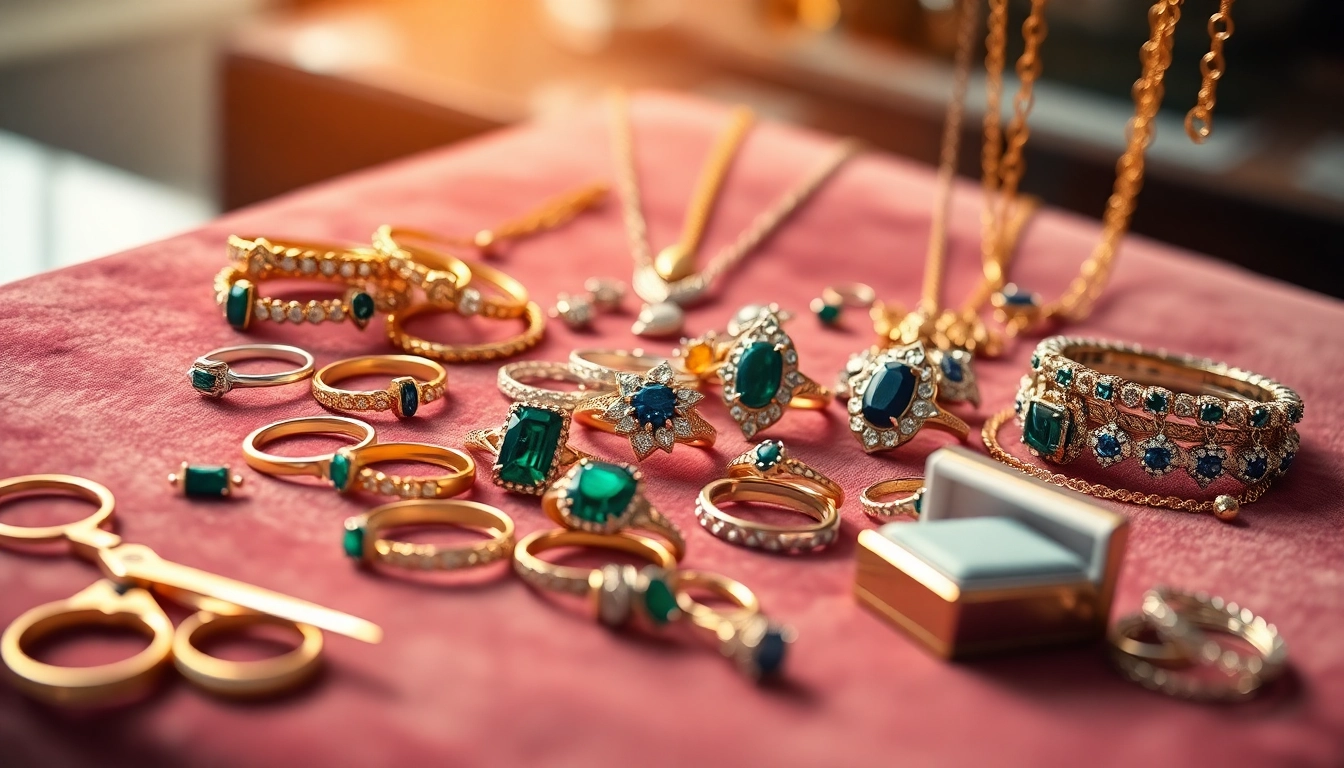

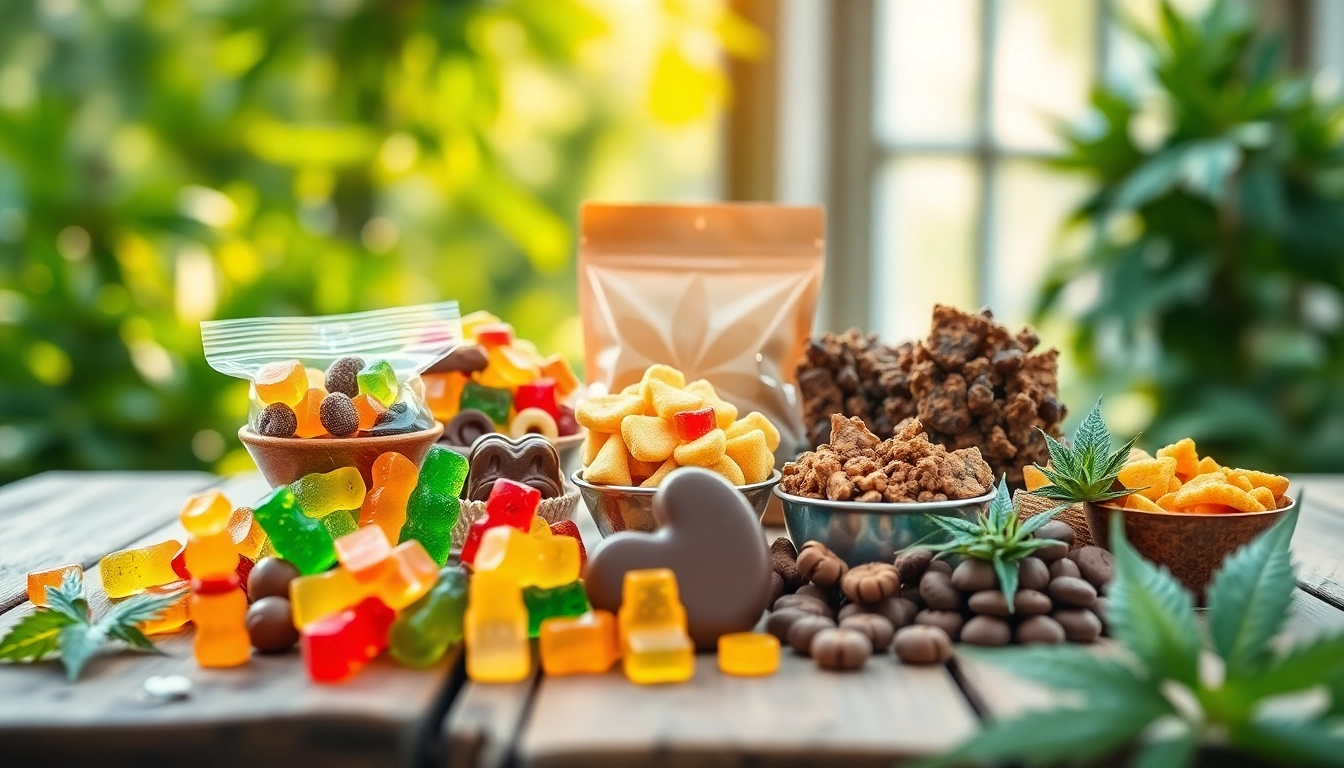
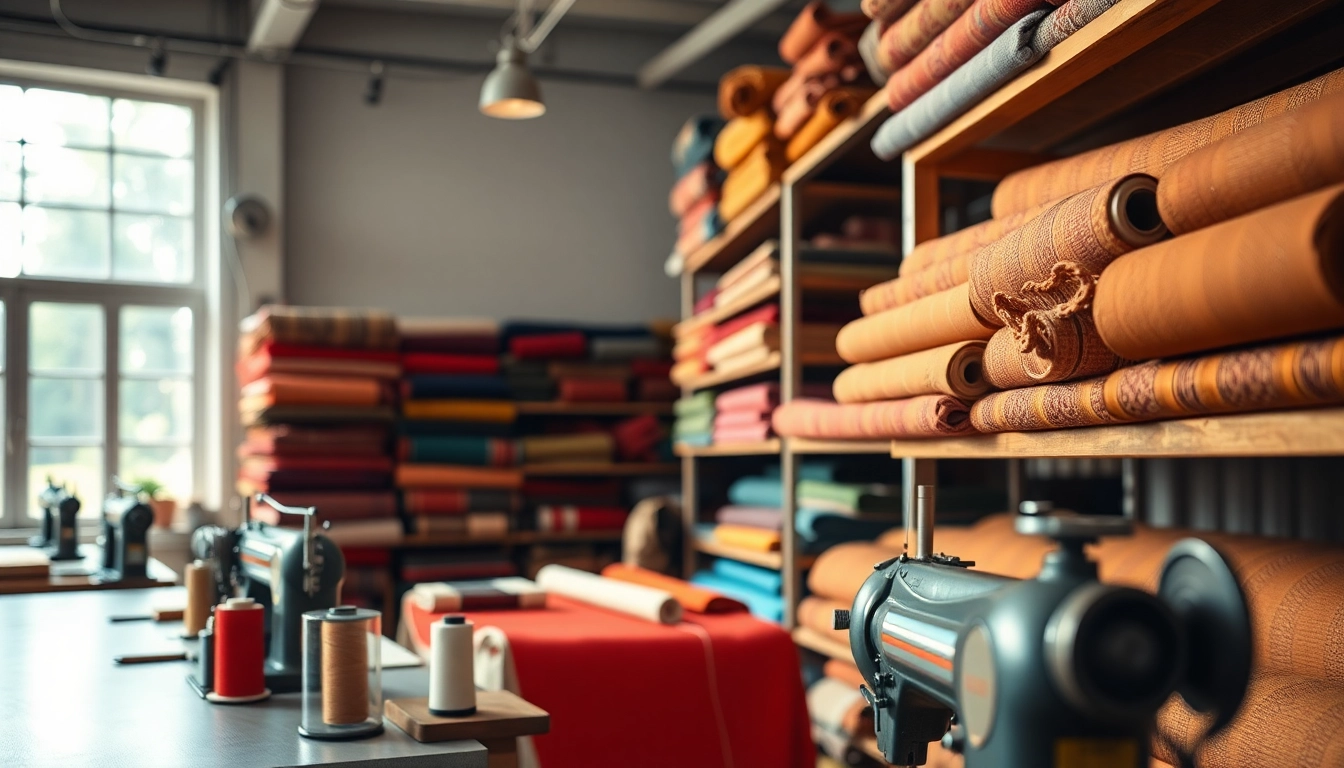


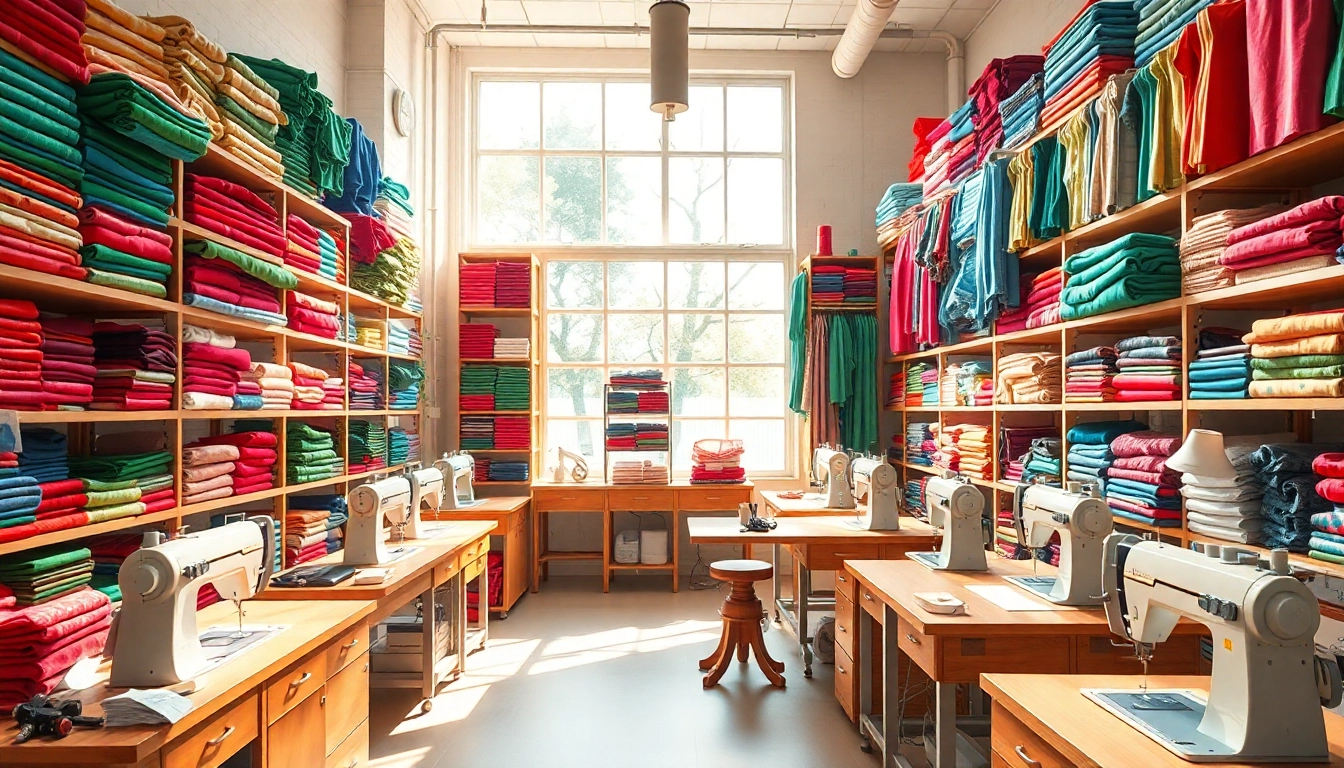
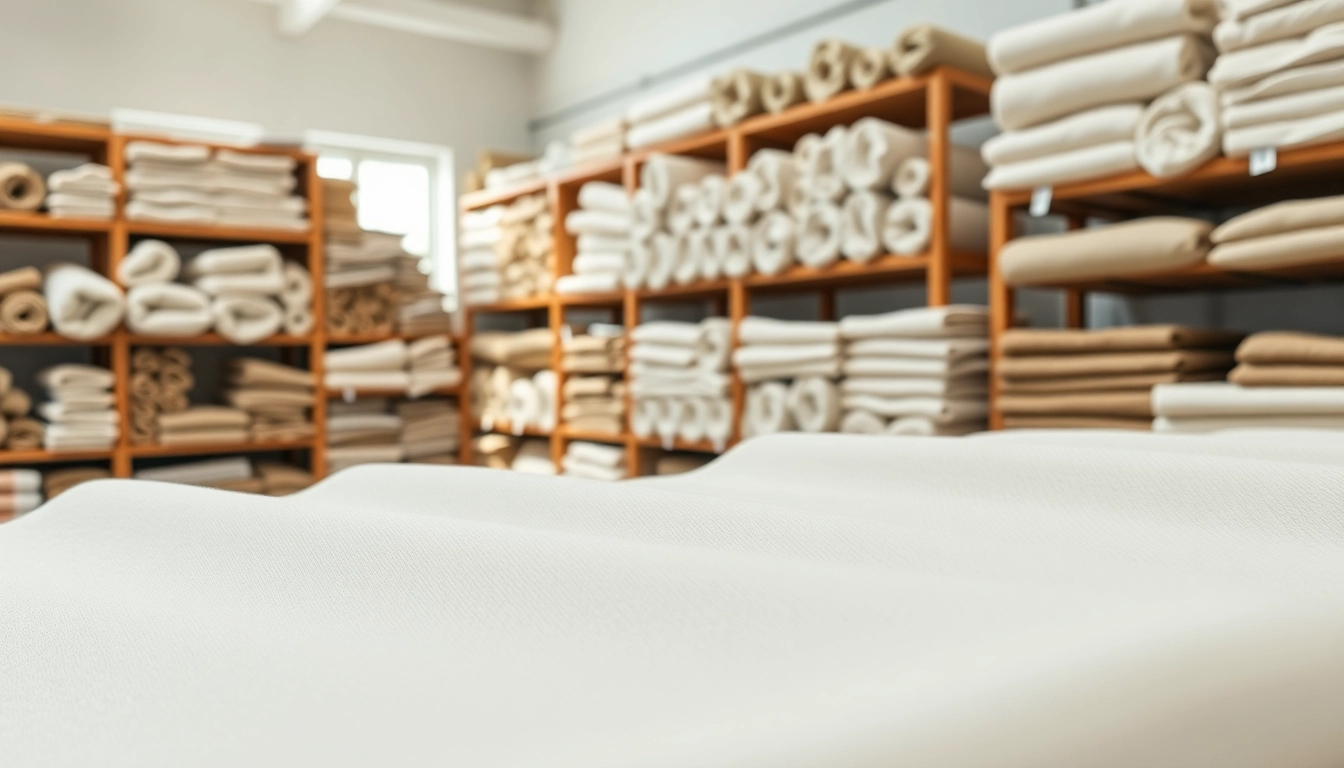
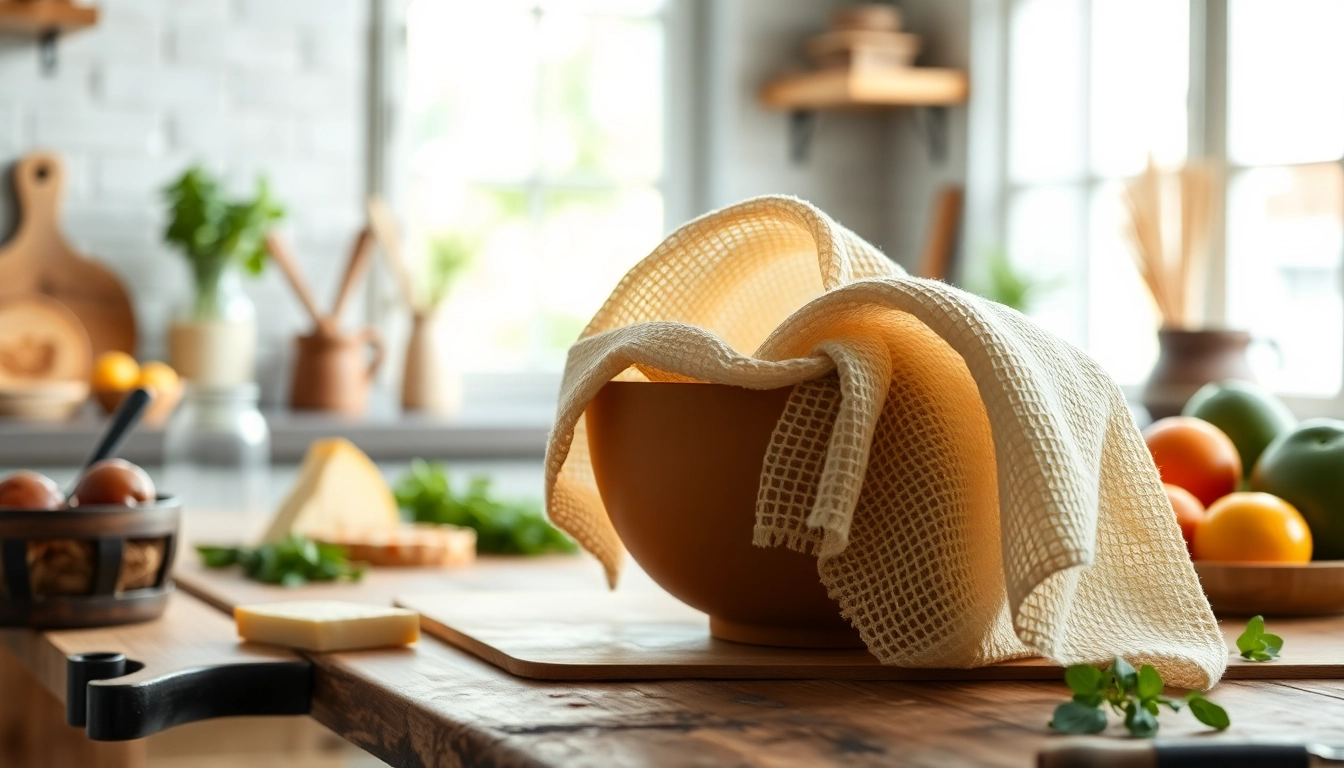


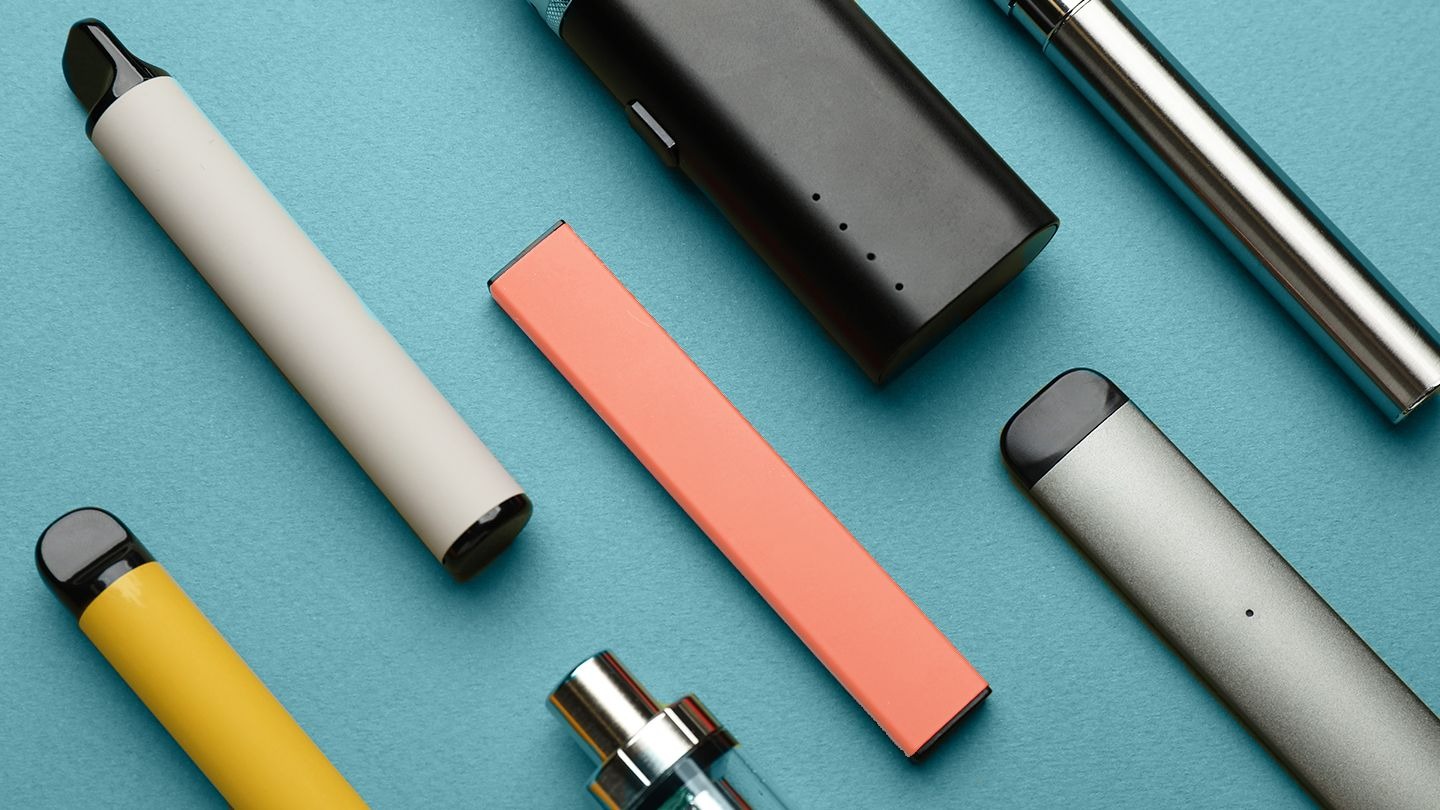



Leave a Reply